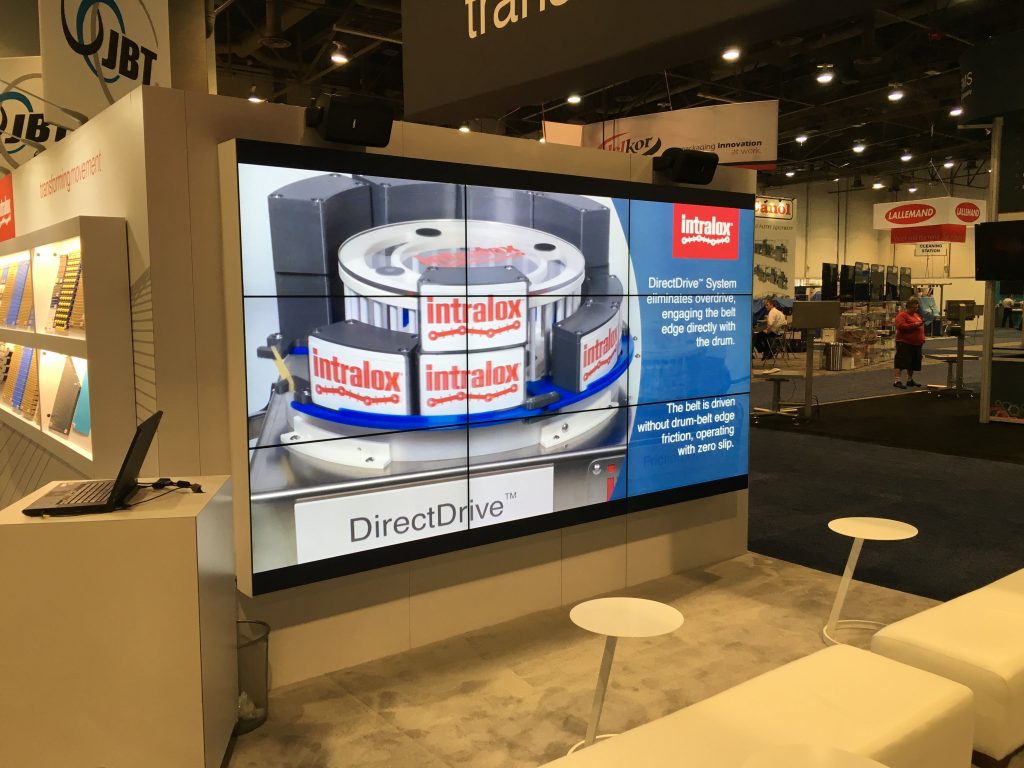Investigating The Way Resolution Influences the Functionality and Visual Caliber of Light Emitting Diode Walls in Contemporary Exhibition Technology
Investigating The Way Resolution Influences the Functionality and Visual Caliber of Light Emitting Diode Walls in Contemporary Exhibition Technology
Blog Article
Light Emitting Diode screens are becoming increasingly popular in different settings, from musical events and athletic events to corporate displays and creative installations. One of the key crucial factors that influence the functionality and image quality of these displays is image clarity. Image resolution refers to the number of pixels that make up the visual on the display. Increased resolution means more picture elements, which can lead to clearer and crisper visuals. Understanding how resolution impacts LED walls can help operators make knowledgeable choices about their screen needs.
When talking about image clarity, it is crucial to consider picture spacing, which is the gap between the center of one pixel to the center of the next pixel. A reduced picture spacing results in a higher resolution, allowing for more clarity in the visuals shown. For instance, an LED screen with a pixel pitch of 1.5mm will provide a clearer image than one with a pixel pitch of 3mm. This is especially crucial in settings where audiences are near to the screen, such as in a small venue or a trade event booth. In these cases, a greater image clarity can significantly enhance the viewing experience.
Another factor of image clarity is its effect on color accuracy and brightness. LED screens with greater resolutions often have better color rendering, indicating that the hues displayed are more vibrant and true to life. This is essential for applications like advertising, where the goal is to capture attention and convey a concept efficiently. Additionally, greater resolution displays can preserve luminosity levels even when viewed from various perspectives. This is crucial in large venues where viewers may be seated at various distances and positions from the screen.
The functionality of LED walls is also influenced by image clarity led wall rental for holiday events in terms of update rates and response times. A higher image clarity screen can support quicker update frequencies, which is crucial for fast-moving material such as videos and animations. This indicates that the visuals on the display will appear more fluid and more fluid, enhancing the overall viewing experience. In contrast, lower resolution displays may have difficulty with dynamic content, leading to blurriness or lag. Therefore, for events that depend on high-energy visuals, choosing a display with a suitable resolution is critical.
In summary, image clarity plays a vital role in determining the performance and visual quality of LED walls. Factors such as pixel spacing, hue precision, luminosity, update frequencies, and response times all contribute to how effectively a screen can communicate data and engage viewers. As technology continues to advance, understanding these elements will help users select the appropriate LED screen for their particular needs, ensuring that they achieve the best potential outcomes in their presentations and events.